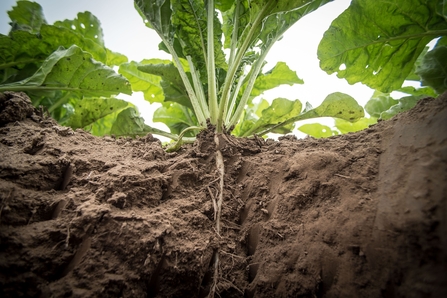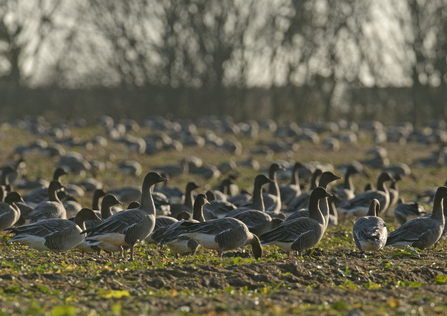Well, it’s happened. The government has given the green light for the use of Thiamethoxam, a neonicotinoid pesticide that is a well known bee killer, to be used on sugar beet this spring. A European ban, the advice of its own scientists and a widespread public outcry for the second year running have not been enough to dissuade it.
What does this mean? Up to 100,000 ha of our countryside, mainly in eastern England, could be subject to application of the pesticide. The intention is to control the aphids that spread beet yellows virus, but Thiamethoxam is indiscriminate and poses a threat to any of the 27,000 species of insect native to the UK. Aphid numbers are expected to be higher after a mild winter such as the one just coming to an end, hence the argument for the pesticide’s authorisation. With the IPCC’s long term predictions of progressively warmer winters in the UK, we can expect calls for these “emergency” authorisations to be repeated with increasing regularity.



